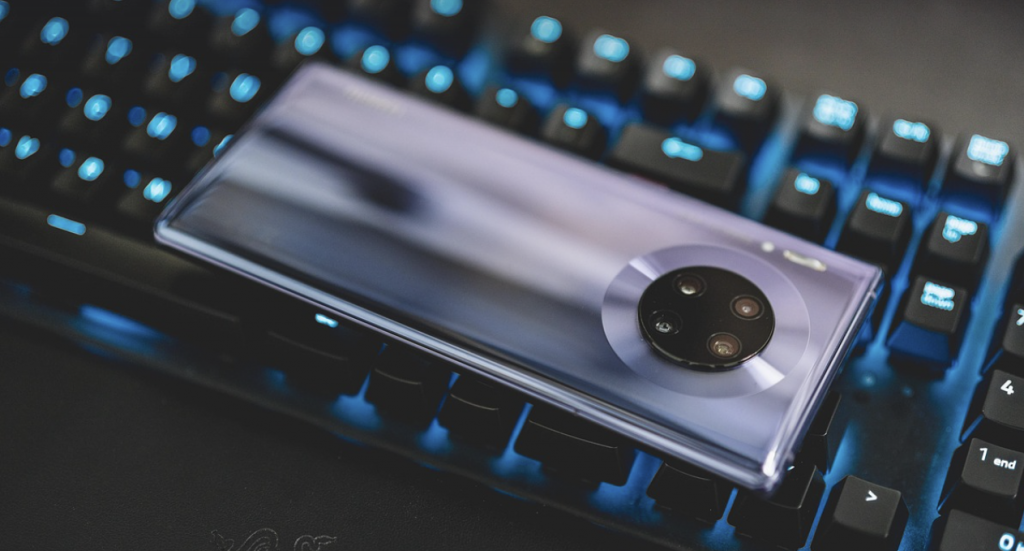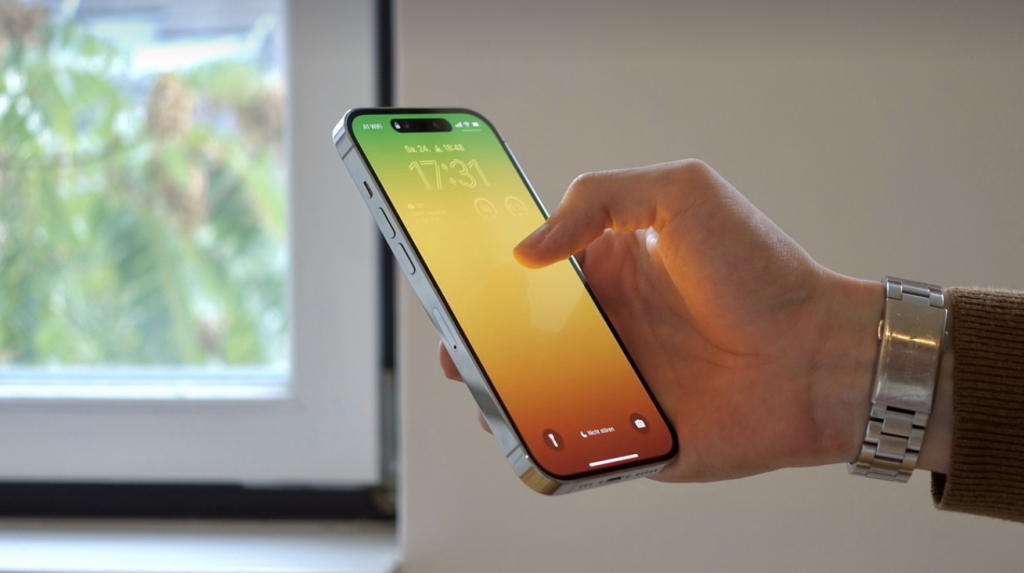The Evolution of 5G Networks
5G is no longer just a buzzword. It’s the technology that’s transforming how we connect, stream, and communicate. In 2024, 5G networks have matured, offering speeds and reliability far beyond what we saw with 4G. But with all the phones promising lightning-fast speeds, how do you know which one truly delivers?
5G stands for “fifth-generation” wireless technology, and it’s been slowly rolling out globally, bringing significant improvements in download speeds, latency, and network capacity. While 4G networks once served us well, the era of 5G is changing the way we think about mobile internet.
Key Factors Affecting 5G Speed
Understanding which phone delivers the best 5G speeds isn’t as simple as picking the latest model. A range of factors impacts the actual speed you’ll experience on your phone.
Network Infrastructure
The carrier’s 5G infrastructure plays a huge role in the performance you get. Not all 5G networks are the same. In 2024, the three main types of 5G networks—Sub-6 GHz, mmWave, and a hybrid of both—offer varying speeds. mmWave is the fastest, but it’s limited in range and availability. Sub-6 GHz offers broader coverage, though it’s not as fast.
Hardware and Device Compatibility
The phone itself is just as important. Phones are equipped with different modems and antennas, and their ability to connect to the most advanced 5G networks will determine their speeds. For example, some phones are compatible with more 5G bands, while others may only support a few.
Software and Optimization
Beyond hardware, the software in the phone can make a big difference. Regular updates, optimization for 5G, and network compatibility improvements all play a role. A phone that runs outdated software might not perform as well, even if it has the latest hardware.
Top 5G Phones of 2024
With many manufacturers boasting impressive specs and speeds, let’s break down the top contenders in the 5G race.
iPhone 15 Pro Max
Apple’s flagship, the iPhone 15 Pro Max, continues to push the boundaries of what a smartphone can do. With its A17 Pro chip and support for the latest 5G bands, it’s built for speed. In tests, the iPhone 15 Pro Max performed exceptionally well, particularly in urban areas with dense 5G coverage.

Samsung Galaxy S24 Ultra
Samsung is a strong contender in the 5G space with its Galaxy S24 Ultra. It comes equipped with Qualcomm’s Snapdragon 8 Gen 3 processor and supports all major 5G bands. With its mmWave compatibility, the Galaxy S24 Ultra can hit some of the highest speeds in cities with full 5G infrastructure.
Google Pixel 8 Pro
The Pixel 8 Pro stands out with its integration of Google’s AI-driven features, and it doesn’t disappoint in the 5G race either. The device uses a Tensor G3 chip and is designed to seamlessly switch between 5G networks. While it’s not as fast as the top-tier models, it offers great 5G speeds for those prioritizing AI and software performance.
OnePlus 11 5G
OnePlus may not always get the recognition of Apple or Samsung, but the OnePlus 11 5G delivers remarkable performance. With a Qualcomm Snapdragon 8 Gen 2 chip and mmWave support, this phone offers incredibly fast 5G speeds, especially in crowded areas.
Xiaomi 13 Pro 5G

Xiaomi’s flagship phone doesn’t shy away from competition. It’s equipped with the Snapdragon 8 Gen 2 processor and supports extensive 5G band compatibility. In speed tests, it offers solid performance, though it generally lags behind Apple and Samsung in terms of overall consistency.
5G Speed Test Results
Let’s take a closer look at how these phones stack up in real-world speed tests.
Real-World Speeds in Urban Areas
In bustling cities, where mmWave 5G networks are most available, the Samsung Galaxy S24 Ultra leads the pack. With download speeds exceeding 3Gbps in optimal conditions, it delivers the fastest 5G experience. The iPhone 15 Pro Max follows closely behind, hitting speeds up to 2.5Gbps.

5G Speeds in Suburban and Rural Areas
In suburban and rural areas where Sub-6 GHz networks are more common, the performance gap narrows. The OnePlus 11 5G and Xiaomi 13 Pro 5G both perform well here, offering download speeds in the range of 1-1.5Gbps, which is more than sufficient for most users. Google’s Pixel 8 Pro, on the other hand, is slightly slower, with speeds topping out at 1Gbps.
The Future of 5G and 6G
Looking beyond 5G, the future of mobile networks is already being discussed—6G. While 6G is still in its infancy, it promises even faster speeds, ultra-low latency, and increased connectivity. 5G, however, still has a long way to go before its potential is fully realized.
Conclusion: Which Phone Reigns Supreme?
In 2024, there’s no clear one-size-fits-all answer. The iPhone 15 Pro Max and Samsung Galaxy S24 Ultra are the top contenders for the fastest 5G speeds, especially in urban areas where mmWave 5G is available. However, if you’re looking for great all-around performance and don’t mind a slight dip in speed, the OnePlus 11 5G and Xiaomi 13 Pro 5G are excellent choices. The Pixel 8 Pro is great for software and AI integration but lags slightly in raw speed.
FAQs
1. What is the difference between mmWave and Sub-6 GHz 5G?
mmWave offers faster speeds but has a limited range and is more easily obstructed by buildings. Sub-6 GHz has a longer range and better penetration through obstacles but offers slower speeds.
2. Does the iPhone 15 Pro Max support all 5G bands?
Yes, the iPhone 15 Pro Max supports a wide range of 5G bands, ensuring compatibility with most 5G networks globally.
3. Which phone has the fastest 5G speed in rural areas?
In rural areas where Sub-6 GHz is more common, the OnePlus 11 5G and Xiaomi 13 Pro 5G perform well, offering stable and fast speeds.
4. Will 5G speeds get faster in the future?
Yes, as 5G networks continue to roll out and improve, speeds will likely increase. Additionally, 6G technology promises even faster speeds in the coming years.
5. Does 5G impact battery life?
Yes, 5G can drain battery faster, especially when using mmWave 5G. However, phone manufacturers are continually working on optimizing power consumption for 5G usage.





